How to Develop a Trading Strategy That Works
Let’s be real—if you’ve ever tried to make money trading, you know it’s not as easy as those YouTube “gurus” make it sound. It’s a wild ride: sometimes you’re on top of the world, and sometimes your account balance looks like a horror movie. The difference between the pros and everyone else? A trading strategy that actually works (and sticking to it, even when it’s hard).

Photo by M. B. M. on Unsplash
In this post, we’ll get a bit technical. We’ll walk through the steps to build a trading strategy that gives you an actual edge, with code samples (yep, real code), practical tips, and a few hard-earned lessons from the trenches. Whether you’re into stocks, forex, or crypto, the principles are the same. Ready? Let’s dive in!
Related: How to Develop a Crypto Trading Strategy That Works
1. Define Your Market and Timeframe
- Are you trading stocks, forex, crypto, or something else?
- What timeframe fits your lifestyle? (1-minute charts, daily, weekly?)
- How much time can you actually dedicate to watching the markets?
Being honest here saves you a lot of pain. If you have a full-time job, don’t try to day-trade 5-minute candles. You’ll get wrecked.
2. Get Your Idea—But Keep It Simple
Every strategy starts with an idea. It could be as simple as “Buy when the 50-day moving average crosses above the 200-day” or “Short when RSI goes above 70.” Don’t overthink it at first. Simple strategies are easier to test and debug.
“Complexity is your enemy. Any fool can make something complicated. It is hard to make something simple.”
Richard Branson
3. Backtest Your Strategy (Yes, You Need Code)
No, you don’t need a PhD or a $10,000 Bloomberg terminal to backtest. Python and some open datasets will do. Here’s a simple backtest in Python using pandas and yfinance. This example buys Apple ($AAPL) when the 50-day MA crosses above the 200-day MA, and sells when it crosses below.
import yfinance as yf
import pandas as pd
# Download historical data
data = yf.download('AAPL', start='2015-01-01', end='2024-01-01')
data['MA50'] = data['Close'].rolling(window=50).mean()
data['MA200'] = data['Close'].rolling(window=200).mean()
# Generate signals
data['Signal'] = 0
data['Signal'][50:] = \
(data['MA50'][50:] > data['MA200'][50:]).astype(int)
data['Position'] = data['Signal'].diff()
# Print trade signals
print(data[data['Position'] != 0][['Close', 'MA50', 'MA200', 'Position']])
That’s it! You’ve got entry and exit signals. Now you can see if your idea would’ve made money in the past. (Spoiler: most ideas don’t. But that’s okay—this is how you learn!)

Photo by John Schnobrich on Unsplash

Photo by Chris Liverani on Unsplash
4. Analyze the Results (Don’t Lie to Yourself)
- Check your win rate and average win/loss.
- Did it actually make money? Or just look good on a few trades?
- Was your drawdown (biggest losing streak) something you could stomach?
Most importantly, don’t tweak your strategy until it “looks perfect”—that’s called overfitting, and it’s the fastest way to go broke in live trading.
5. Add Risk Management (The Boring Part That Saves You)
This is where most beginners blow up. Here are some quick rules:
- Never risk more than 1-2% of your capital on a single trade.
- Always use a stop loss. No exceptions.
- Don’t double down when you’re losing. It’s tempting, but it’s a trap.
# Example risk calculation
capital = 10000 # total account size
risk_per_trade = 0.01
stop_loss_pct = 0.02
entry_price = 150
stop_loss = entry_price * (1 - stop_loss_pct)
position_size = capital * risk_per_trade / (entry_price - stop_loss)
print(f"Buy {int(position_size)} shares at ${entry_price}, stop loss at ${stop_loss:.2f}")
It’s not glamorous, but this is the stuff that keeps you in the game long enough to get good.
6. Forward Test (a.k.a. Paper Trading)
Now, before you put your hard-earned money on the line, run your system in “paper trading” mode. That means no real cash. You’re just tracking hypothetical trades as if you were in the market. Most trading platforms offer this, or you can do it in a spreadsheet.

Photo by Glenn Carstens-Peters on Unsplash
This phase is crucial. It lets you see how your strategy handles real market conditions—slippage, late signals, emotional decisions—without burning your account.
7. Go Live, But Start Small
Once you’ve got some confidence, trade with real money—but keep your position sizes tiny. You’ll feel emotions you didn’t even know you had. That’s normal. The goal is to survive and keep learning.
“Everyone has a plan until they get punched in the mouth.”
Mike Tyson
8. Keep a Trading Journal
- Write down every trade: why you took it, how you felt, what happened.
- Review your trades regularly. Patterns will emerge—good and bad.
This is where you grow. You’ll spot mistakes, see what works, and slowly develop your own style. The best traders are relentless about tracking and learning from their own behavior.
Common Pitfalls (And How to Dodge Them)
- Overtrading: More trades ≠ more money. Be patient.
- Revenge trading: Lost a trade? Don’t try to “win it back.” Walk away.
- Strategy hopping: Stick with your system long enough to see if it actually works.
- Ignoring fees/slippage: These kill your edge, especially in high-frequency strategies.
Example: A Simple RSI-Based Strategy
Let’s look at another example using Relative Strength Index (RSI). Buy when RSI < 30 (oversold), sell when RSI > 70 (overbought):
import talib
data['RSI'] = talib.RSI(data['Close'], timeperiod=14)
data['Buy'] = data['RSI'] < 30
data['Sell'] = data['RSI'] > 70
# Print first few signals
print(data[(data['Buy']) | (data['Sell'])][['Close', 'RSI', 'Buy', 'Sell']])
Is it perfect? Nope. But it’s simple, easy to automate, and gives you a place to start. Tweak and test to fit your style.

Photo by Nicholas Roberts on Unsplash
Final Thoughts
Developing a trading strategy that works is part science, part art, and a lot of psychology. Don’t get discouraged if your first few ideas flop—everyone starts there. The key is to keep learning, keep testing, and never risk more than you can afford to lose. If you’re consistent, disciplined, and honest with yourself, you’ll be ahead of 90% of traders out there.
Now, go build, test, and trade your edge. Good luck—and remember: the market will always be there tomorrow, so don’t rush!
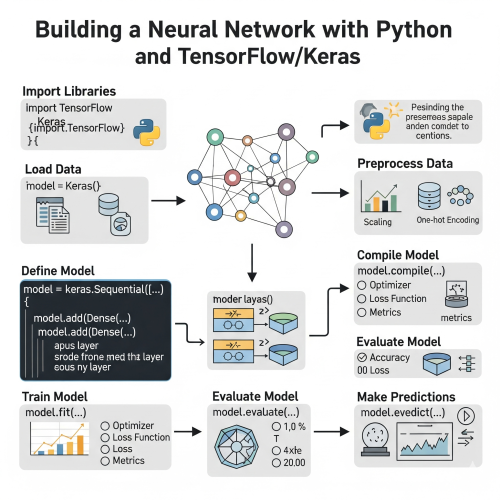


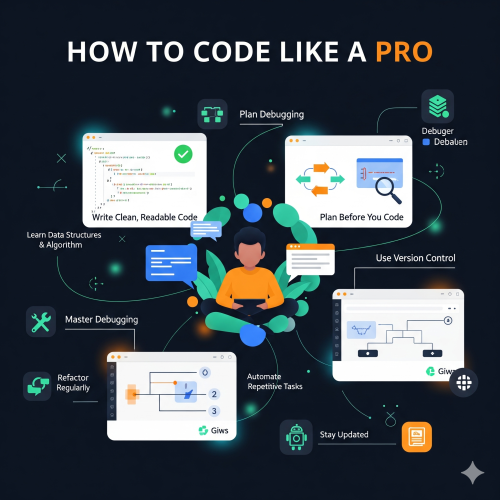
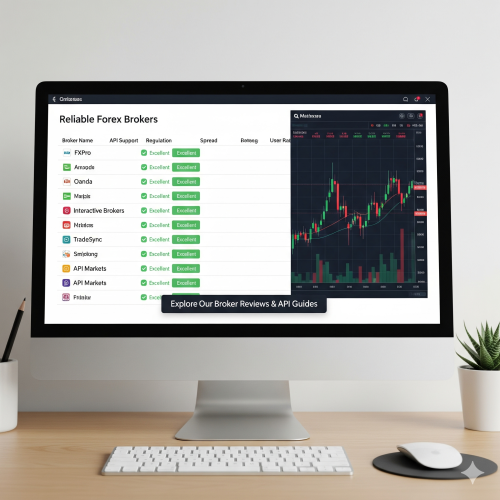
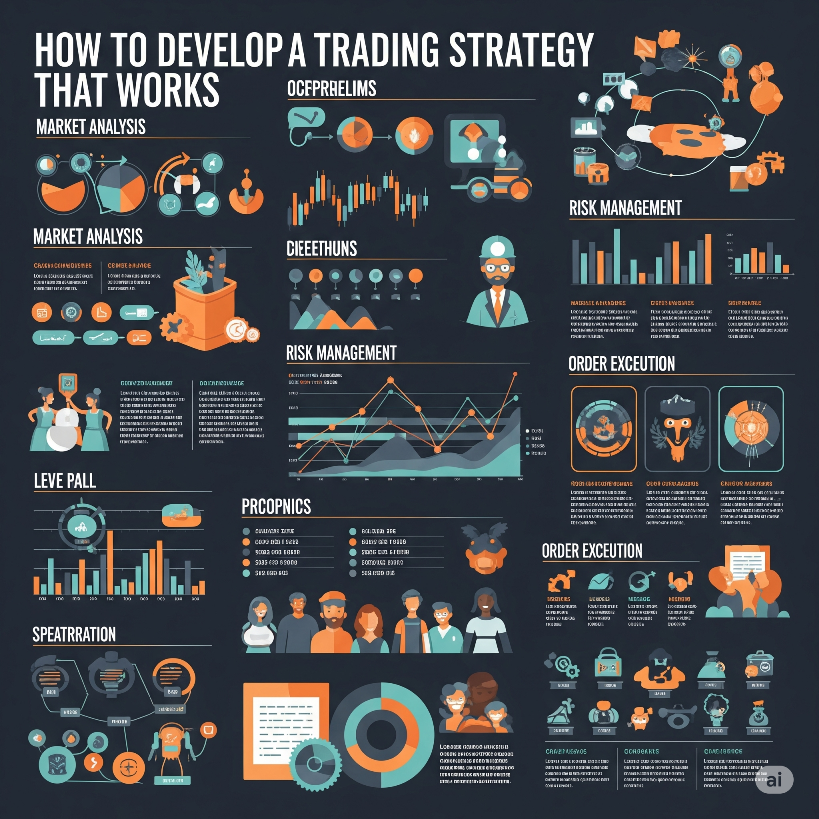

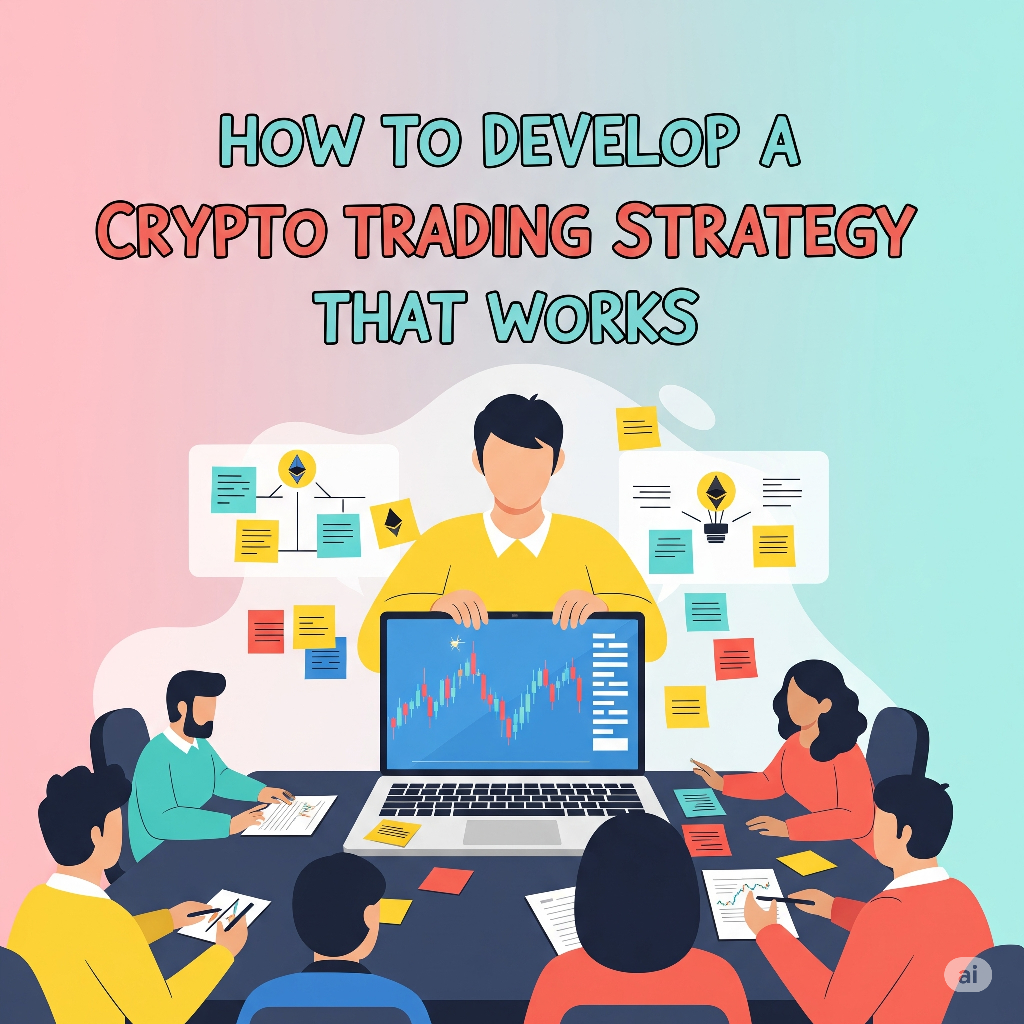

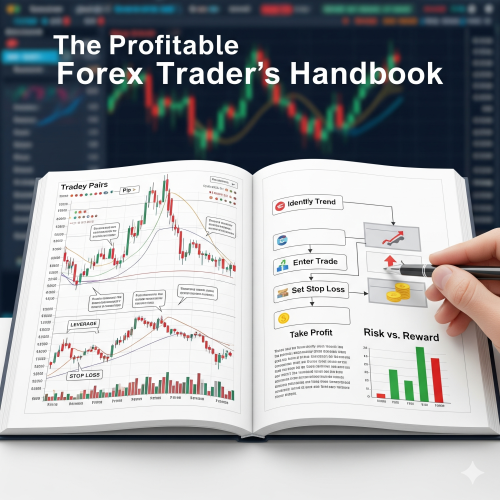
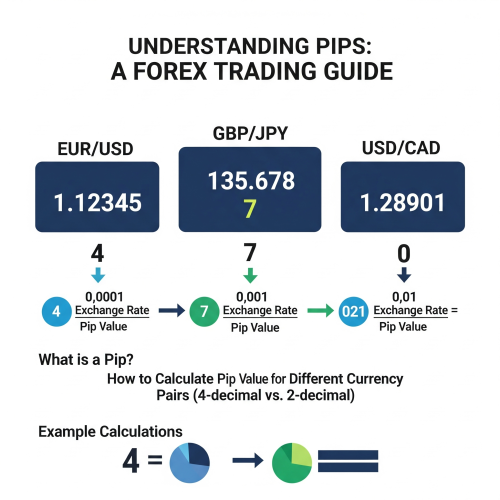




0 Comment